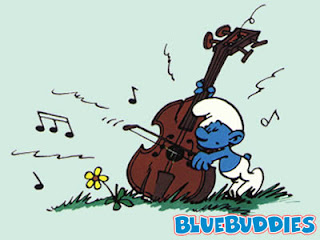The Rig from Hell, Part II: The ADA Preamplifier, and why it’s so freaking awesome…
 One of the key components in my “rig from hell” is the ADA MB1 preamplifier. It’s well over 10 years old, and the company that made it no longer exists (as I understand it, their factory burned to the ground and they just cut their losses and closed up shop rather than rebuild) – but I love what it does for me; I even own a backup that lives in my studio rack.
One of the key components in my “rig from hell” is the ADA MB1 preamplifier. It’s well over 10 years old, and the company that made it no longer exists (as I understand it, their factory burned to the ground and they just cut their losses and closed up shop rather than rebuild) – but I love what it does for me; I even own a backup that lives in my studio rack.
It’s an electronically controlled unit that allows you to create 256 recall-able preset tones (it also comes with some of its own factory presets). Lots of EQ control is a given, with multi-band and parametrics galore; but one of its nicest features is that it’s actually a “dual” preamp – your signal passes through (at your option) 1 or 2 onboard circuits: a solid-state preamp as well as a tube-based preamp. So you can combine those two characters to create a very unique blend. And the tube preamp also has overdrive, so that adds to the sonic stew.
Also quite useful (essential, in my case): dual effects loops, which are switchable within your presets. It also has a built-in chorus effect and built-in compressor, both useful tools for bassists.
It also features Bi-Ampable outputs (alongside a standard full-range output) which I used when running the full rig with both cabinets. When I’d play smaller rooms, I’d bring just the 2×10 and run full-range through that.
The ultimate key, though, was that the preamp is MIDI-controllable. That means that I could use a MIDI floor pedal to choose between presets on the MB1, either between songs or mid-song, to change the sound that I was playing. ADA even made a simple pedal that worked well, but my Ground Control pedal was much more advanced (read about that in a future post.) So whether I needed a straight-ahead bass sound, a distorted grinding tone, a chorus-laden tubey sound, or one of many others, I had to but step on my pedal. And different presets used various effects, too – some used the effects loops, some bypassed them. So already I have lots of tonal flexibility, and I haven’t even delved into the many other pieces of gear in the rack.
Next issue: Various Bass Effects Units in the Rig From Hell









